We hear talks about Big Data. But how big really is this surfeit of data? To put things into perspective, Google, Facebook, Microsoft, and Amazon are custodians of over 1,200 petabytes of data. And this insane amount of data is lying in centralized data pools, untouched, and un-milked. That’s because the trustless interconnectivity between the data pools is absent.
The world needs the blockchain approach of decentralized data or the situation is not going to get better soon. Social media sites, Google searches, internet of things (IoT) devices, medical facilities, research institutions, supply chains, financial intuitions are ceaselessly generating data. By the dawn of 20201, data generation will cross 44 zettabytes (one zettabyte has 21 zeros).
Challenges of the existing system
No organization is short of data. But there is a serious lack of resources or discipline to derive value out of the same. And that’s because the data always piles up in centralized databases and is not flowing.
The traditional centralized systems are unwilling to share data across departments, leave aside data sharing with peers or competitors. Thus data analytics is maturing at a very slow pace. In fact, companies fear that Big Data is a never-ending collection task. And there will never be any full realization of its revenue potential.
What’s missing? Right tools, regulation, privileges.
Effectively, the legacy systems are not able to render vision, value, and velocity to the data. That’s because:
-
Velocity – There is a massive amount of data generation. And this is happening across institutions, the internet, and IoT systems. There is hardly any traditional system capable of operating at such aggressive throughput levels. Even if it does exist, the cost is way too high.
Finally, enterprises are getting seriously concerned, and rightly so. They have realized that the existing centralized data analytics set-ups will fail. And they will not be able to create deliverables at desire speed.
Blockchain promises to solve it
What the world needs right now is a public network of decentralized databases. Especially, one that is accessible by programmable contracts. Projects like CyberVein network are hitting the bull’s-eye. They achieve it by taking the blockchain route to support the decentralized management of complex databases. It thus brings blockchain, DAG, and AI together to make data tradable so that it can transform for analytics.
Solves the Vision problem
As a blockchain network, CyberVein supports the execution of smart contracts making data interaction possible on parameter bases. The point to remember here is that the decentralized data provider does not need to provide access to the complete database. Especially, when it is based on roles or privileges.
So what happens is the requisite parameters by the data seeker are programmed in a smart contract. And he can access only those parameters of the database. With blockchain, programming language Vein, and virtual machine, data protection will never be a problem.
Solves the Value problem
With Proof of Contribution (PoC) consensus, the CyberVein network is a completely decentralized setup. And the decentralized data provider will always receive an incentive for his contribution.
Solves the Velocity problem
The CyberVein platform utilizes Direct Acyclic Graph (DAG). This brings higher transaction throughput and thereby increases the efficiency desired for data processing.
How does it solve these problems?
The simple answer is that CyberVein is not a single blockchain project. Rather, it collectively consists of three independently operational products. And all of these together address the Big Data problem. Let us first learn about these products:
The product works as a distributed and decentralized database for data management. To ensure the reliability of data resources it uses virtual machine operation. And that’s why it is capable of tracing and tracking data. Furthermore, such sophistication of data aggregation makes cross-level and cross-departmental data sharing possible promptly solving the data flow issues. And as a result of this, the decentralized data monetization becomes easy.
This product ensures that the data stored is safe and secure by backing it up on the DAG storage chain. Thus, with no block confirmation requirements, it eliminates the miners and, in turn, lowers the transaction fees. The product design supports asynchronous verification and parallel processing of each node. And this drastically enhances the scalability of the decentralized database.
-
A federated learning platform for data monetization
This independent product enables data monetization. As a distributed machine learning workflow, it trains the datasets locally. Moreover, it keeps all the decentralized data local. This works at the application layer and is a trained model that creates a shared model. Effectively, it resolves the data silos issue.
How CyberVein operates?
CyberVein operates in four layers that use its 4 products.
In the CyberVein network, the decentralized data is present just as 1s and 0s and sharded files. This eliminates the chances of an attack on the database as the attacker will have nothing to gain out of it. Also, the database created by an enterprise is mirrored and backed up on the DAG network. This, however, is optional, otherwise, the database remains situated on the company’s server only.
CyberVein uses the unique PoC consensus. As a result of this unique approach, millions of user devices function together to store the databases. The ones who donate the storage get the native tokens as a reward. Moreover, being a faster alternative to PoW, it is highly energy-friendly.
In CyberVein, the nodes store data shards. But only the ones that are relevant to their transaction history and the smart contracts. This unique approach leads to CyberVein storing entire databases as smart contracts. Also, these are permissioned to their owners and participants. This way the data does not congest the ledger.
A contributor gets a reward for every piece of data from the federated learning module.
So effectively, 3 prime components of CyberVein are Storage, Management, and Monetization.
For Management:
CyberVein has the PISR database that records all the data, besides controlling all the actions done to it. Thereby, the database will have different states for each modification. Essentially, the database is blockchain-based and operates parallel to the main blockchain.
For Storage:
CyberVein has DAG for storage. This storage doesn’t actually store data but rather stores the states of the database. So, clients can reproduce past versions of the database from these stored states. As a result, it is possible to recover data that was previously not accessible with the traditional databases.
For Monetization:
CyberVein has federated learning for monetization. Through federated learning, data trading from different databases within the ecosystem is possible, thereby monetizing the data.
The traded decentralized data finds its use for modeling purposes. And this is where all the permissioned participants contributed their datasets for the modeling. In the end, all of them can use the final results of the modeling to improve their operations or analysis. Moreover, through federated learning, the modeling of the decentralized data happens locally, which, in turn, eliminates data privacy issues.
Participants pass the model onto the next participant. It happens once their own data has been used for modeling. Participants thus cannot view the previous data used for modeling contributed by other participants. However, all the participants can view the final result and use it.
Wrap your head around CyberVein with the practical use-case
Medical Big Data is becoming a big challenge for national governments. Even for local governments, the pharma industry, medical institutions, and more stakeholders, this is a pain point. This is how CyberVein can benefit medical data. And this happens right from storage to analysis to data exchange.
Establish Medical Consortium Database
Using PISR, a secure authentication and access control model will be established. This can be done between the patients, medical staff, and the consortium database. The model uses the PISR’s logical separation technology. So, this protects the privacy of patient data. Also, it will find its use to set up authentication credentials and access authority data. The nodes can be added dynamically.
Store data in DAG storage chain
DAG enables data storage in a distributed file system. As a result, such a setup supports faster query executions when the data is massive. As addition of the nodes happens dynamically, more nodes translate into faster query execution. Additionally, there is data backup happening in real-time ensuring reliability of the system.
A smarter medical system with federated learning
CyberVein proposes a federated learning workflow for this kind of consortium. Such models are capable of transferring knowledge to the application layer quickly. As federated learning utilizes decentralized features of the blockchain, the security of decentralized data is not at risk.
Moreover, it takes into account that medical, patient, and research data are exchangeable and used through federated learning. Thereby it increases the size of the dataset for analysis. This also speeds up research processes and effectively achieves more accuracy and appropriate diagnosis and treatment for patients.
The CyberVein Zhejiang University-CyberVein R&D center has implemented this. The data from hospitals were used to achieve a more accurate diagnosis. And that includes different types of keratitis through federated learning. The results were roughly 80% accurate. This surpassed 96% of the doctors’ accuracy who participated in the experiment.
Conclusion
So effectively, CyberVein brings a highly secure database for the data-driven enterprises. Also, there is the advantage of private storage. But the differentiating factor is that the database is constantly evolving. That’s because it receives real-time inputs from federated learning. Moreover, the same is backed up on the DAG network.
The CyberVein framework promises complete business control, especially, over the database in a cost-effective manner. And they would never have to sacrifice vision, value, or velocity.
—
Disclaimer
The information discussed by Altcoin Buzz is not financial advice. This is for educational and informational purposes only. Any information or strategies are thoughts and opinions relevant to accepted levels of risk tolerance of the writer/reviewers and their risk tolerance may be different than yours. We are not responsible for any losses that you may incur as a result of any investments directly or indirectly related to the information provided.
Do your own due diligence and rating before making any investments and consult your financial advisor. The researched information presented we believe to be correct and accurate however there is no guarantee or warranty as to the accuracy, timeliness, completeness. Bitcoin and other cryptocurrencies are high-risk investments so please do your due diligence. This interview, overview, or update article has been compensated for media cooperation and has been sponsored for by the interviewed or reviewed organization. Copyright Altcoin Buzz Pte Ltd. All rights reserved.
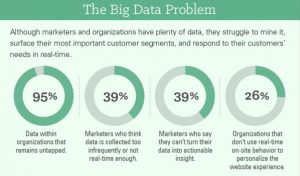
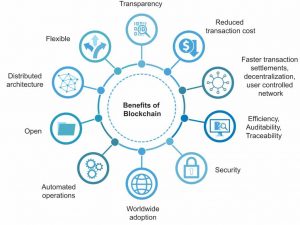
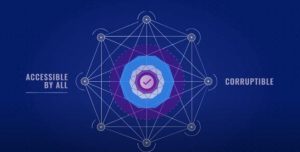
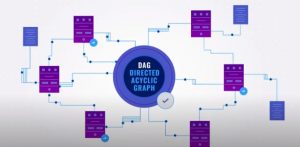


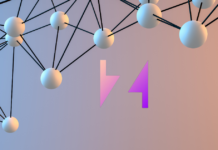
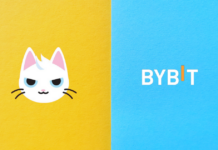





















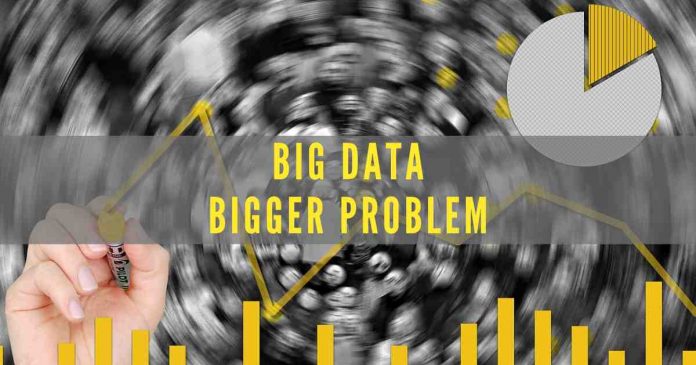
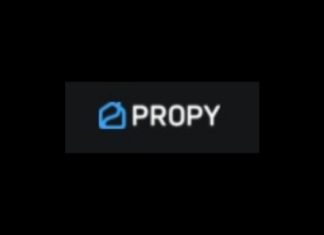


Nice article. Probably we can stop Ad-fraud by using Blockchain & AI technology